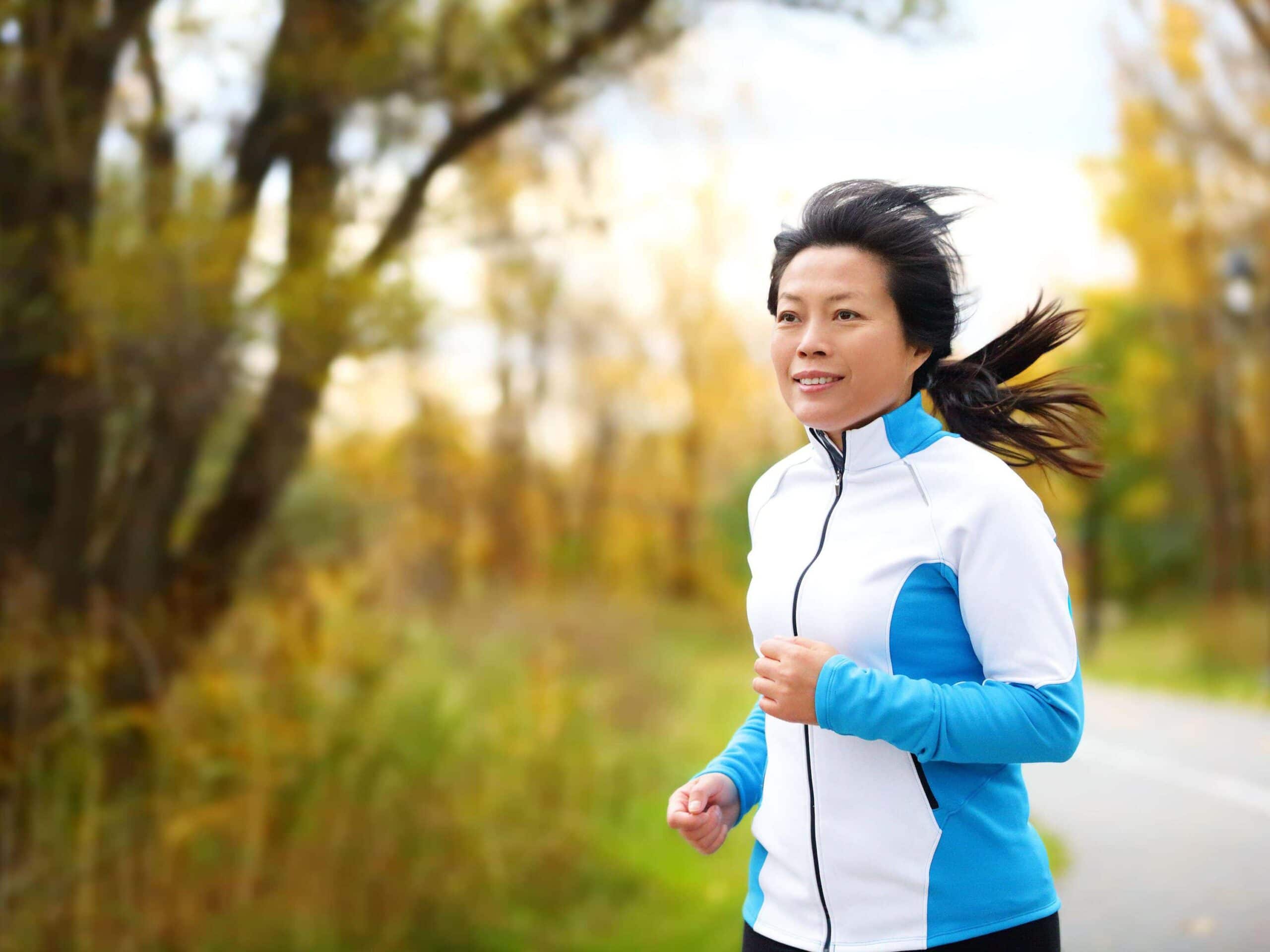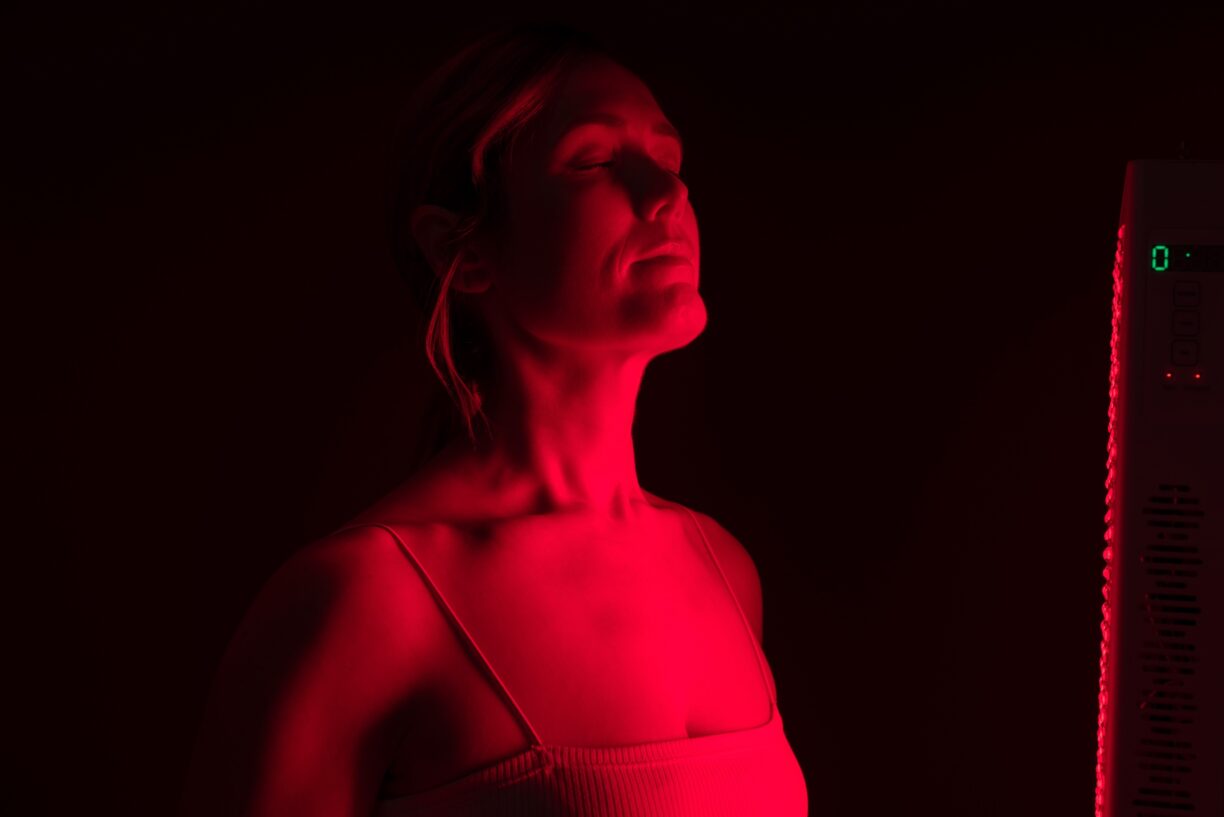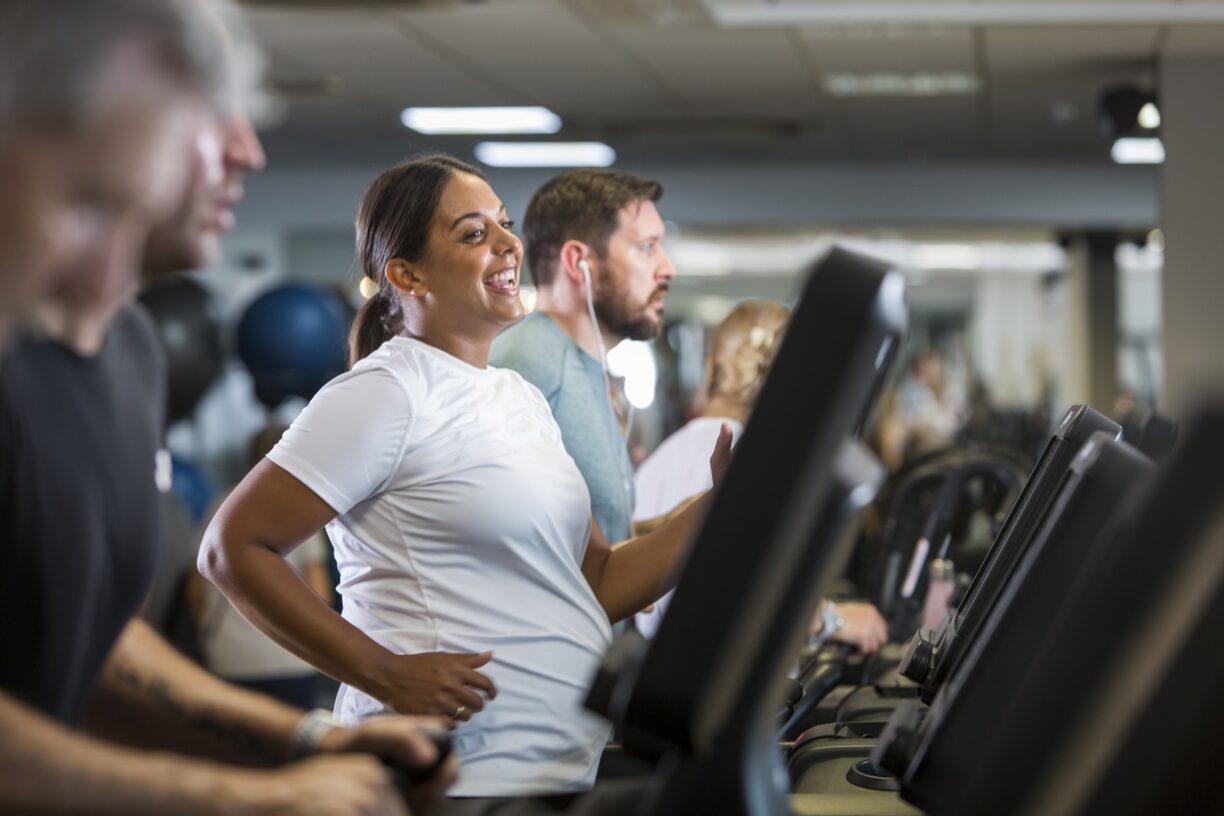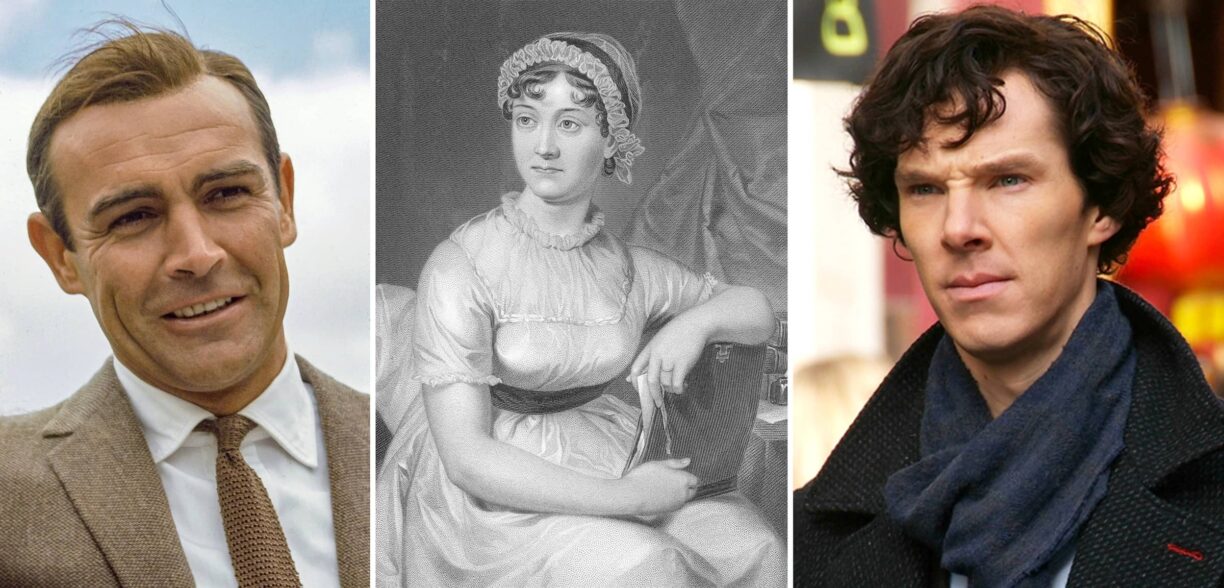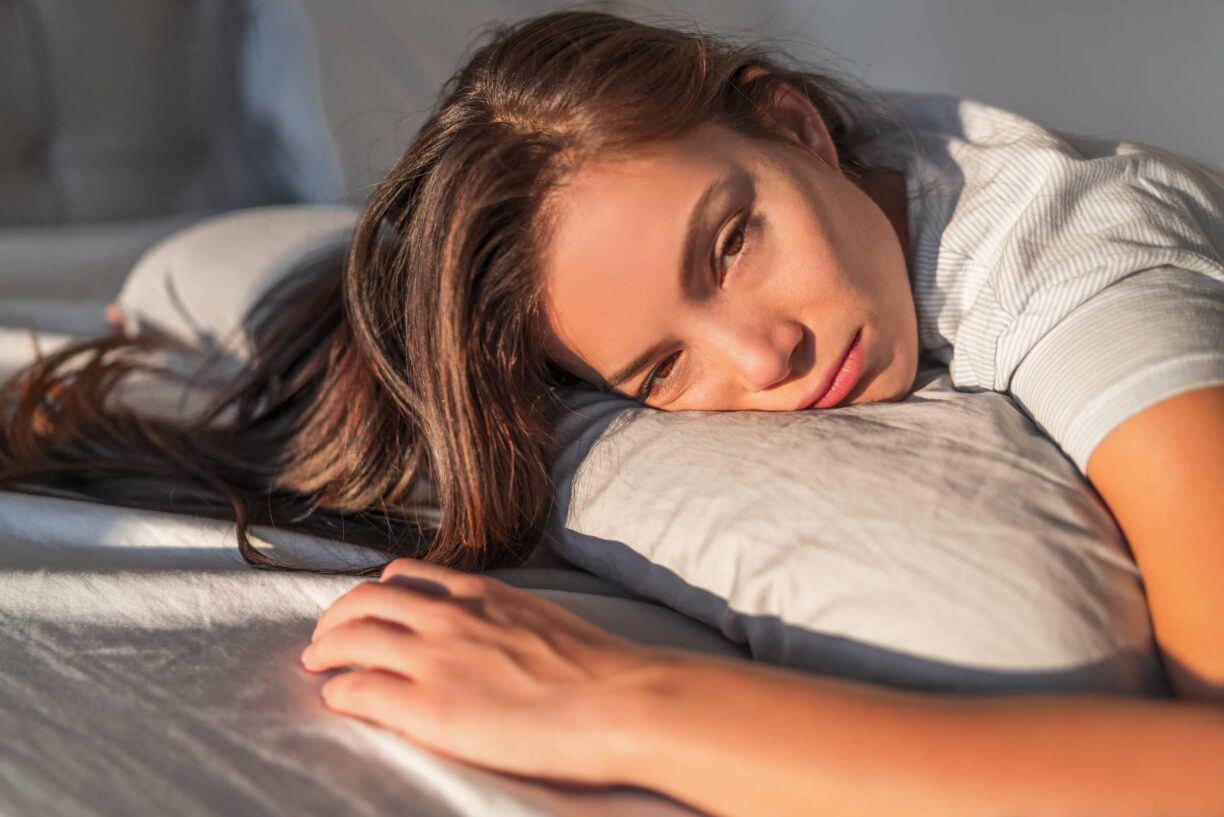You wouldn’t think coughing or sneezing could break a bone. But if you’re one of the 3.5 million people in the UK and Ireland living with the bone-thinning disease osteoporosis, it could.
Osteoporosis mostly affects women over 50 – due to oestrogen levels dropping rapidly after menopause – but bone health is still an important consideration for everyone, at every age.
“Osteoporosis causes 500,000 broken bones every year in the UK, and has a devastating personal and financial impact on people’s lives,” explains Lauren Wiggins, director of clinical services at the Royal Osteoporosis Society.
“It’s often referred to as a ‘silent disease’ because of under-diagnoses, under-treatment and low public awareness.
“But the actions we take throughout our lives can have a direct impact on our bone health as we get older,” adds Wiggins.
“By taking positive action to improve bone health now, we can work towards avoiding the debilitating consequences of the condition.”
As well as age and sex, the condition can also be linked to genetic factors, taking certain medications such as corticosteroids, and certain illnesses like anorexia. Low bodyweight, smoking and excessive alcohol intake are also risk factors.
The ROS knows it’s all too easy to take our bones for granted – until they break. Here’s why they’re urging everyone to look after their bones, and how to do it…
1. You may not know you’ve got osteoporosis until it’s too late
Osteoporosis doesn’t have any symptoms, and an easily broken bone after a minor bump or fall is often the first sign bones have lost strength.
“It’s a common misunderstanding that osteoporosis causes aches and pains,” says Wiggins. “The condition itself doesn’t cause pain, but the resulting impact of breaking a bone can be painful.”
2. It can lead to loss of independence
Bone injuries can affect your independence too – fractures to the legs, hips or spine can affect mobility in the short term, and fractures to the arms or wrist can impact everyday tasks.
“Broken bones not only cause severe pain and significant short-term impact on quality of life but can sometimes result in long-term disability and a loss of independence,” Wiggins adds.
“Daily tasks can become more difficult or sometimes not even possible to continue independently. Tasks like cleaning, cooking, shopping, and getting around are impacted, alongside looking after pets, children and grandchildren.”
3. It can affect your height
While many osteoporosis fractures happen after a fall, spinal fractures can occur without an obvious accident or injury and may be painless.
The ROS explains that fractured bones in the back can squash down and become flattened or wedge-shaped – and will stay in this shape after they’ve healed, changing the shape of the spine.
Wiggins explains: “Some people experience severe pain when there’s a spinal fracture, but for others, it might be painless, or persistent pain might only start as the shape of the spine changes.
If you experience a number of spinal fractures, this can lead to height loss because of curvature of the spine.
Coping with the physical changes to your body shape and body image can be distressing and lead to a loss of confidence.”
4. Work and home life can be impacted
The ROS says osteoporosis fractures can mean some people have to stop working because of the pain and/or disability.
“Many people living with osteoporosis report that their or their partner’s work is impacted by the condition, causing them to reduce their hours or retire early,” says Wiggins.
“Hobbies and people’s social lives are often impacted, with some people reducing or stopping these activities, causing them to feel isolated.”
5. Weight can make a difference
The ROS warns the risk of osteoporosis and broken bones increases if you’re underweight or overweight, so it’s generally a good idea to aim to keep your body weight within a healthy range.
6. Exercise helps reduce the risk
Bones stay strong if you give them work to do, says the ROS, explaining that a combination of weight-bearing exercise with impact and muscle-strengthening exercises are the best ways to keep bones strong.
The former involves being on your feet and adding an additional force or jolt through your skeleton – anything from walking to star jumps.
“Variety is good for bones, which you can achieve with different movements, directions and speeds – like when you’re dancing,” says Wiggins. “Short bursts of activity can be best, such as running followed by a jog, or jogging followed by a walk.”
7. Take vitamin D
The ROS warns that low levels of vitamin D can increase the risk of osteoporosis and broken bones, as vitamin D helps the body absorb and use calcium – essential for bones.
The vitamin is created in the body if the skin is exposed to enough sunlight.
But in the UK, between October and April, there’s generally not enough adequate sunlight for our bodies to do this, which is why it’s recommended people take a daily supplement of 10 micrograms of vitamin D during these months.
8. Support bone health through diet

There are many other nutrients that are also vital in helping bones stay healthy and strong.
The ROS recommends people eat a healthy, balanced diet including foods from the four main food groups of fruit and vegetables, carbohydrates like bread, potatoes, pasta and cereals, dairy and dairy alternatives, and proteins like beans, eggs, fish and meat.
“Eating and drinking the right things can help support your bone health at every stage of your life,” Wiggins points out.
9. Stop or reduce smoking and alcohol intake
Drinking a lot of alcohol increases your risk of osteoporosis, warns the ROS, and government advice is to drink no more than 14 units of alcohol a week.
Smoking slows down the cells that build bone, which means smoking could reduce bone strength and increase the risk of breaking a bone.
“Rest assured though, it’s not too late,” stresses Wiggins. “If you give up smoking, your risk of breaking a bone begins to return to normal.”

